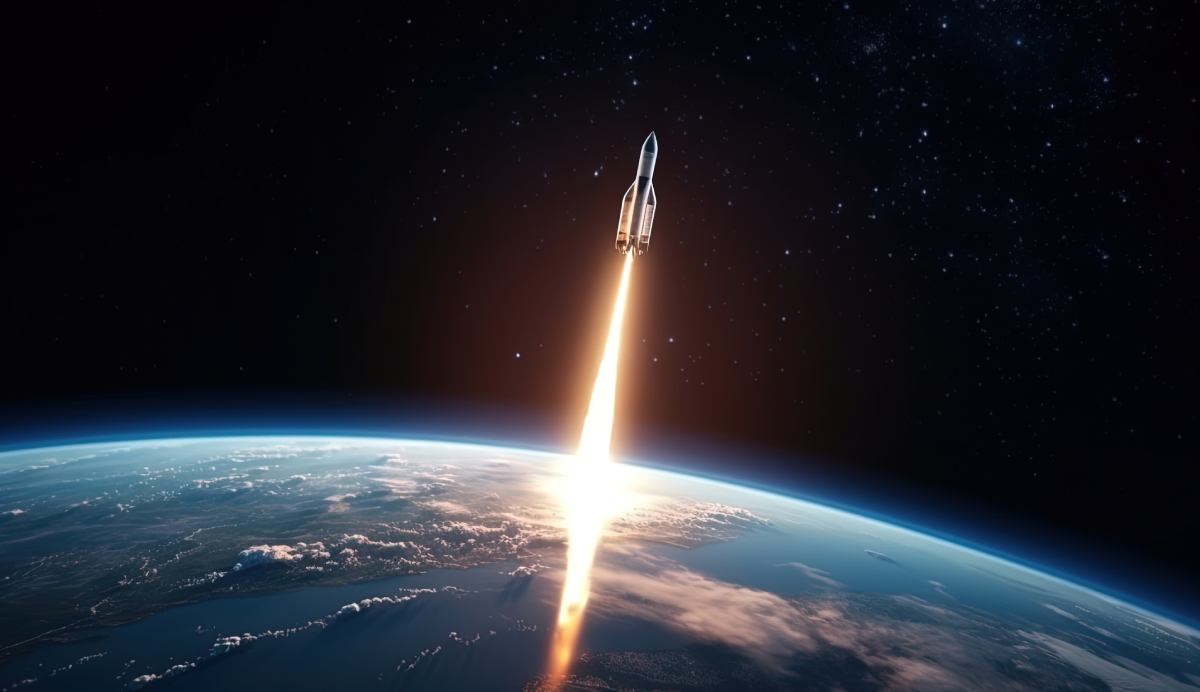In the pursuit of interstellar exploration, achieving near light-speed travel remains a formidable challenge. Such capability could potentially allow humanity to reach distant stars within a human lifetime, fundamentally transforming our understanding of the cosmos. While current technologies are not capable of near light-speed travel, recent advancements in physics, engineering, and mathematics suggest that with continued research and development, such a feat may not be entirely beyond our reach.
Theoretical Foundation
The Speed of Light and Special Relativity: According to Einstein's theory of special relativity, the speed of light
c≈3×10**8
meters per second in a vacuum is an absolute speed limit in the universe. Traveling at this speed, light would take approximately 4.3 years to reach the nearest star system, Alpha Centauri, which is about 4.37 light-years away.
Relativistic Effects: As an object approaches the speed of light, special relativity predicts significant effects. Time dilation means that time appears to slow down for the traveler relative to those on Earth, and length contraction means that the length of the spaceship contracts along its direction of motion. These effects are crucial to any spacecraft design aiming to achieve near light-speed travel.
Propulsion Systems
Current Propulsion Technologies: Today's spacecraft primarily rely on chemical rockets, ion thrusters, or solar sails for propulsion. However, these technologies are inadequate for achieving near light-speed travel due to their limited thrust and the vast energy required to accelerate a spacecraft to relativistic speeds.
Future Propulsion Concepts:
Nuclear Fusion Propulsion: Utilizing nuclear fusion reactions to generate enormous amounts of energy, theoretically capable of propelling a spacecraft at speeds up to a significant fraction of the speed of light.
Antimatter Propulsion: Involves the annihilation of matter and antimatter to release energy, which, if harnessed efficiently, could provide the necessary thrust for relativistic travel.
Photon Propulsion: Leveraging the energy carried by photons, such as through powerful lasers or microwave beams, to continuously accelerate a spacecraft over time.
Energy Requirements
Relativistic Energy and Momentum: According to special relativity, the energy required to accelerate an object increases exponentially as it approaches the speed of light. This means that enormous amounts of energy would be needed to propel a spacecraft to even a fraction of the speed of light.
Structural Integrity and Materials Science
Challenges with Spacecraft Design:
Relativistic Collisions: Collisions with interstellar dust and particles at relativistic speeds could release tremendous amounts of energy, posing significant structural integrity challenges.
Radiation Shielding: Protection against cosmic rays and other forms of radiation that increase with speed is crucial to safeguard crew and equipment.
Navigation and Communication
Interstellar Navigation:
Relativistic Navigation: Navigation systems must account for the time dilation experienced by the spacecraft relative to Earth, ensuring accurate trajectory adjustments and communication delays.
Interstellar Communication: The vast distances involved require advanced communication technologies capable of maintaining contact with Earth and other spacecraft over light-years.
Conclusion
While the challenges of building a near light-speed travel spaceship using today's technologies are daunting, recent theoretical advances and technological developments offer hope for the future. Achieving near light-speed travel would require a multidisciplinary approach, combining advancements in physics, engineering, mathematics, and materials science. Future research and exploration missions, such as those currently being pursued by NASA and private space companies, will continue to push the boundaries of what is possible, potentially leading humanity towards realizing the dream of interstellar travel within our lifetimes.
